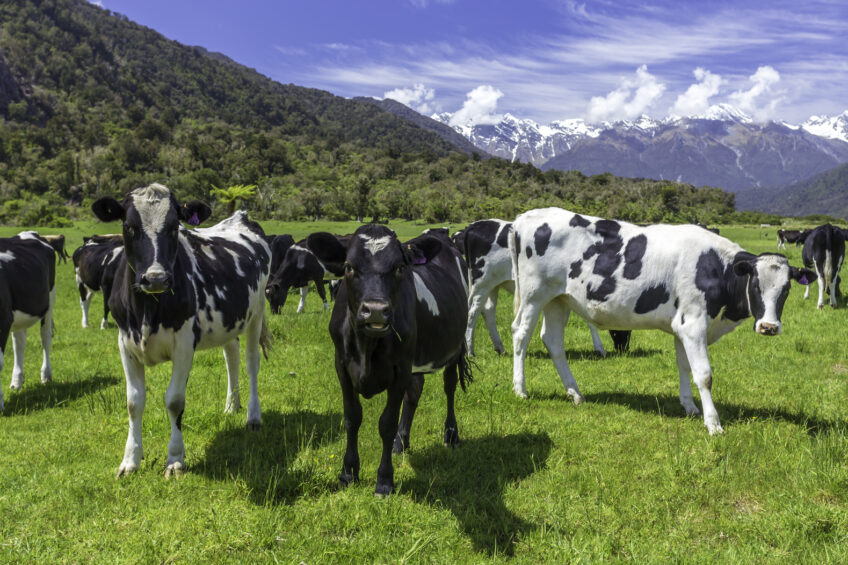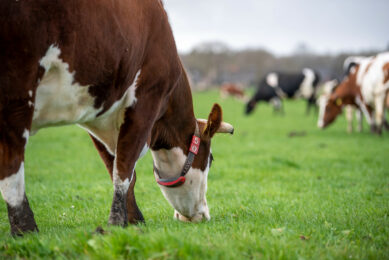New Zealand: 14/15 spike, but milk drop expected

New Zealand’s 5 million milking cows are doing a great job of efficiently producing milk, according to the latest 2014-15 dairy statistics released recently. However, this biggest dairy company in the country (Fonterra) states that production will be down in the upcoming season.
New Zealand is known for its outstanding dairy industry. In fact, the dairy industry is New Zealand’s biggest export earner and pretty much all the milk (95%) is exported. Dairy farmers in this country are known for being innovative, productive and efficient and according to the latest statistics, the production level did increase in the 2014/15 season.
These figures, published annually by industry body DairyNZ and herd improvement co-operative LIC, state that in the 14/15 season, the NZ dairy cow produced on average 4,235 litres of milk, 18% more than 10 years ago when she was producing 3,574 litres in 2004-05. Also the milk solids percentage (which is what New Zealand’s dairy farmers are paid for) increased in that year. A cow’s annual average production contained 377 kilograms of milk solids (8.9%) in 2014-15, compared to 308 kilograms (8.6%) in 2004-05.
Dairy herd sizes
The figures from DairyNZ give a number of interesting insights. Two thirds of New Zealand herds of cows are run by owner-operators, with 17% in herds owned by 50:50 share milkers and 15% in herds run by variable order share milkers. Share milker herds however are continuing to decline. The increased volume of milk in season 2014/15 was produced by slightly more cows than in the previous season. In 2014-15 there were just over 5 million cows producing milk across the country, up from 4.9 million in 2013-14. The average New Zealand cow lives in a herd of 419 cows, and has 146 hectares to graze. 50% of cows live in a herd of between 100 and 349 cows, 29% in herds of 500 or more and 12% are part of herds of 750 or more. Only 5% are in herds of 1,000 cows or more. Figure 1 shows a clear long term trend in New Zealand that the number of herds are decreasing yet herd sizes are growing.
Increased production not continued
In 2014-15 dairy companies processed a total of 21.3 billion litres of milk containing 1.89 billion kilograms of milk solids. Total milk solids increased by 3.6% from the previous season. “This was a record level of milk production and 56% higher on a milk solids basis than 10 years ago,” says DairyNZ senior economist Matthew Newman. However, this season, farmers have been reducing cow numbers because of the low milk prices. This was mainly affected by the El Nino weather pattern, which reduced the number of cows and milk output. The largest dairy producer in New Zealand (and the world) is continuing to forecast a reduction in milk collections in New Zealand for the current season of at least 5%, which is equivalent to around 150,000 MT of Whole Milk Powder. CEO Theo Spierings said since August Fonterra had reduced the amount of product it expects to offer on the GlobalDairyTrade (GDT) platform over the year by 146,000 MT. The latest forecast from December show that the reduced volume from Fonterra will lead again to a recovery of the milk prices in the near future (see Figure 2), as reported by several media, including Stuff.co.nz.
Join 13,000+ subscribers
Subscribe to our newsletter to stay updated about all the need-to-know content in the dairy sector, two times a week.










